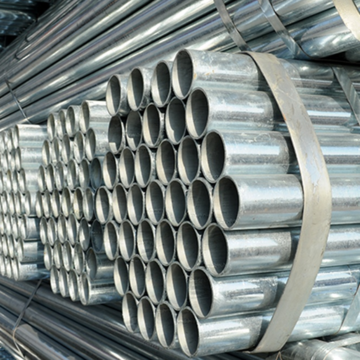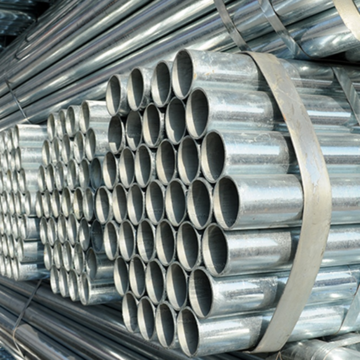

Because the iron oxide scale on the surface of carbon structural steel or low-alloy steel has a loose, porous, and cracked structure, and the iron oxide scale is straightened, stretched, and transported along with the steel during pickling, it causes these pores and cracks. further increase and expansion. Therefore, while the acid solution reacts chemically with the iron oxide scale, it can also chemically react with the iron in the steel matrix through cracks and pores. That is to say, at the beginning of pickling, the chemical reactions between all three oxides, metallic iron, and acid solution are carried out at the same time. Therefore, the pickling process includes the following three aspects:

(1) Dissolution
Various iron oxides in the oxide scale on the surface of the steel react chemically with the acid to form iron salts that are soluble in water and are dissolved in the acid solution. If hydrochloric acid or sulfuric acid is used for pickling, ferrous and ferrous chlorides or sulfates are generated that are soluble in the acid solution, thereby removing the iron oxide scale from the surface of the strip. This effect is generally called dissolution.
(2) Mechanical peeling effect
In addition to various oxides of iron, the iron oxide scale on the surface of the steel is also mixed with some metallic iron, and the iron oxide scale is porous, so the acid solution can pass through the pores and cracks of the iron oxide scale and interact with the iron or iron in the iron oxide scale. The matrix iron acts and accordingly generates a large amount of hydrogen. The expansion pressure generated by this part of hydrogen can peel off the iron oxide scale from the surface of the steel. This effect of peeling off the iron oxide scale through the expansion pressure of hydrogen generated during the reaction is generally called mechanical peeling.
(3) Reduction effect
When metallic iron reacts with acid, hydrogen atoms are first produced. Part of the hydrogen atoms combine to form hydrogen molecules, which promotes the peeling off of the iron oxide scale. The other part of hydrogen atoms relies on its chemical activity and strong ability to reduce high-valent iron oxides and high-valent iron salts into low-valent iron oxides and low-valent iron salts that are easily soluble in acid solutions.